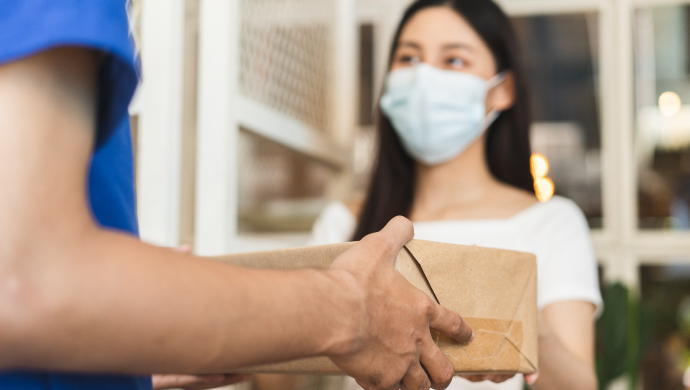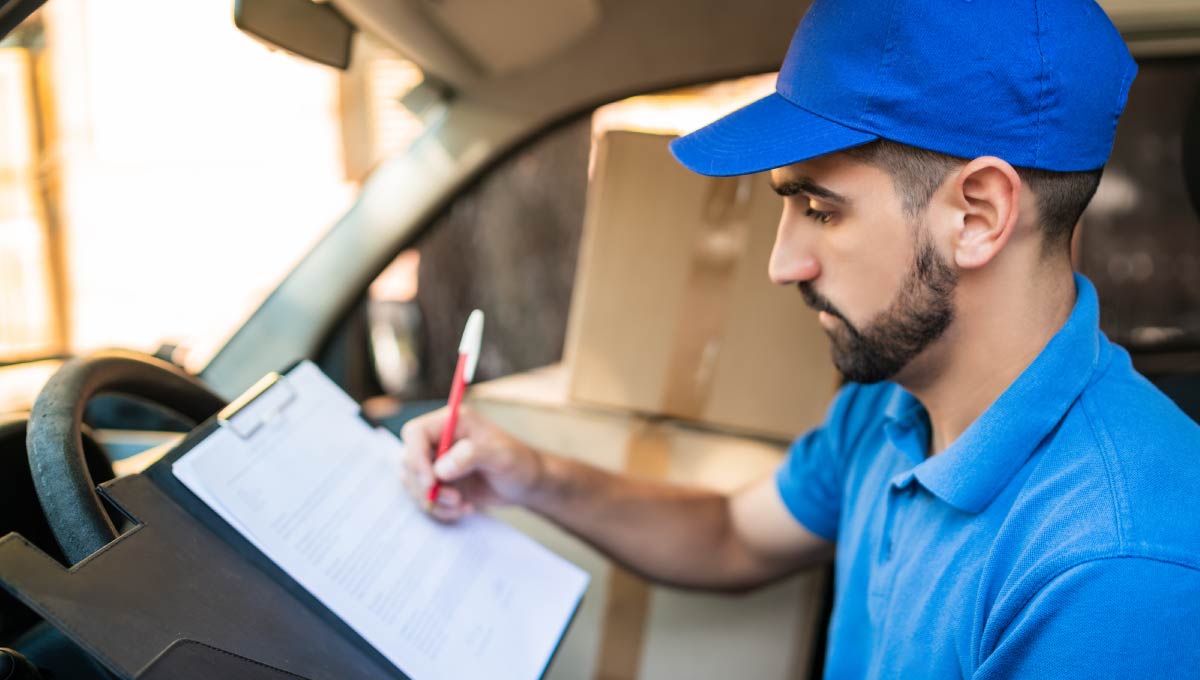Lockdown restrictions are slowly being lifted but carriers are still taking extra care to deliver as safely as possible.
You probably already know that contactless delivery has become the norm, so parcels no longer need to be signed for, and drivers and customers can keep their distance to reduce the spread of infection. But proof of delivery is still a must to protect the bottom line and the customer experience – lost parcels cost a lot of time and money and are immensely frustrating for consumers.
But different carriers are carrying out contactless deliveries in different ways, and it’s important to know what your customers can expect from their delivery, and what your POD should now look like.
It’s the same with every carrier – isn’t it?
Yes and no – there are nuances across all carriers. So we spoke to the UK’s top 3 biggest carriers to understand what ‘contactless delivery’ means to them so you have a full understanding of how parcels are actually being delivered in this way and, what the experience is for your customers.
DPD
- All drivers must take a photo of every parcel at point of delivery
- Customers receive an email with their delivery slot and instructions for delivery:
“We won’t ask you to sign for your parcel, we’ll take a photo of it instead in your open doorway, as proof it has been delivered. If you’re self-isolating, leave a signed note telling us where to put your parcel.”
- If the customer is not home, the driver will take a photo of the parcel in the customer’s chosen safe place
- The customer will be emailed the photo of their parcel once delivery has taken place
Hermes
- Drivers can sign for deliveries on behalf of customers
- Drivers are not required to take a photo of the parcel but have the option to when selecting the safe place option “Deliver to household” (only available for standard parcels, not light or large parcels)
- From September, it will be mandatory for drivers to select “Deliver to household” with option for photo
Yodel
- Drivers can either leave parcels at the doorstep or knock and wait for the customer to acknowledge receipt of delivery
- Deliveries are recorded as “Covid19 Unable To Sign”
- If proof of delivery is required, the driver will record the name of the person who takes the parcel
- If the customer is not at home, Yodel will make two further attempts to deliver
- Yodel is planning to introduce photo PODs by Q2 in 2021
It is the responsibility of our trusted carriers to provide drivers with the equipment and processes to deliver correctly and safely, so it’s great that carriers have adapted to make sure they can still capture a POD without the need for a physical signature.
But, what’s next for delivery?
It wouldn’t be surprising if carriers choose to adopt some of these changes permanently. A photo offers better transparency and more accurate proof of delivery than a signature, which can be ambiguous and illegible. It can also help customers locate parcels left in a safe place more easily.
And at GFS, we are strong believers that visibility of delivery is the key to getting delivery right first time, every time.
That’s why we spend every day pro-actively tracking and monitoring parcels. Our Customer Care team actively look for delivery issues so they can solve them before they affect the customer, and our multi-carrier tracking portal GFS Seeker offers traceability of all parcels – even across 50+ carriers and 200+ countries.
Having accessibility and transparency of data really is what powers delivery accuracy and efficiency, no matter what happens.
Why not see how we ensure retailers have a delivery contingency plan – even during times of uncertainty and rapid change? Watch the video!











